Come on and say it with me: “Pee-fas.” If you are in any of the restaurant, food service, packaging, environmental or consumer waste industries, you no doubt have heard the term – often highlighted in news stories as “PFAS-Free Food Packaging.” It’s a big buzzword these days, yet for many, it’s definition may still be somewhat of a mystery. Let’s try to change that.
We’ll take a look at what it means, why it’s such a hot-button issue and how it impacts the food service industry as a whole.
 Defining PFAS
Defining PFAS
As explained by the Centers for Disease Control and Prevention, on its website, The per- and polyfluoroalkyl substances are a collection of chemicals used to make coatings and products that resist heat, oil, stains, grease and water. They can be used in a range of products that include clothing, furniture, adhesives, food packaging, heat-resistant nonstick cooking surfaces and more.
They are a concern because they:
- Do not break down in the environment
- Can move through soils and contaminate drinking water sources
- And build up (bioaccumulate) in fish and wildlife.
And according to the United States Environmental Protection Agency, because of their widespread use and longevity in the environment, PFAS are now being found in water, air, fish and soil across the nation and the globe. Scientific studies have shown that exposure to high levels of some PFAS in the environment could be linked to harmful health effects in humans and animals.
 How did PFAS come to be?
How did PFAS come to be?
LiveScience.com reveals that the first PFAS were invented in the 1930s to be used mainly in nonstick and waterproof coatings, according to the Interstate Technology and Regulatory Council. In the 1960s, after a deadly fire aboard U.S. Navy aircraft carrier The USS Forestal (1967), development of these chemicals greatly increased. They were seen as the best component at the time for creation of aqueous film forming foam, or AFFF, for firefighting purposes.
More evidence
Safer States, on its website saferstates.com, reports that more than 2,800 sites in all 50 states are contaminated by PFAS, forcing states and localities to spend hundreds of millions of dollars to clean up pollution and ensure safe drinking water.
“Nearly every American has PFAS in their body. They are found in blood, breast milk and even umbilical cord blood of new babies,” the report stated.
Safer States reveals that although one of the first and biggest avenues for PFAS exposure has been Teflon or other nonstick pans, the chemicals found in take-out containers and other food packaging migrates into the food we eat. Hunters are being warned not to eat deer because they are contaminated. In Minnesota and Wisconsin, residents have been told to limit the number of fish they eat because of PFAS contamination. And farmers in Michigan and Wisconsin have seen their beef cattle contaminated due to polluted wastewater that winds up in fertilizers.
Scarier still, we drink PFAS chemicals in our own drinking water and even breathe them in our air.
It is for these reasons that PFAS-Free Food Packaging is becoming more desirable – and necessary — in the food service industry.
How can you take action?
The Natural Resources Defense Council, or NRDC (founded in 1970 by a group of law students and attorneys at the forefront of the environmental movement), gives some advice on minimizing your exposure to PFAS:
- You can avoid the most obvious offenders by replacing nonstick pans with stainless steel, cast iron, glass or ceramic alternatives.
- Do NOT heat up food that’s wrapped in grease-resistant packaging. Make popcorn on the stovetop instead of in PFAS-treated microwave bags.
Keep in mind that, starting a couple of years ago, compostable packaging that’s BPI (Biodegradable Products Institute) certified does NOT contain PFAS.
This is the case with many of our products at MrTakeOutBags.com. For example, our food service tissues and many of our takeout meal boxes are free of PFAS. And that’s just the beginning. We have a full line of PFAS-Free Packaging Products to offer.
 Where has PFAS already been banned?
Where has PFAS already been banned?
Many states have taken action to ban or regulate the use of PFAS in everything from cookware to children’s clothing – even firefighting gear.
Among the 26 current policies in 8 states and 104 adopted policies in 23 states, PFAS chemicals have been banned in the manufacture and distribution of food packaging in California, Colorado, Connecticut, Hawaii, Maryland, Minnesota, New York, Rhode Island, Vermont and Washington. Many of these new policies go into effect in 2023 and 2024, with some having begun last year.
Many other states, including Pennsylvania, have bills in progress to ban PFAS food service packaging altogether.
 Under the microscope
Under the microscope
Government agencies have taken the lead in studying the impact of PFAS.
- The National Institute of Environmental Health Sciences is “supporting an aggressive program of research on human exposure to PFAS chemicals and the potential for PFAS exposure to cause harm to children’s cognitive and neurobehavioral development, immune system dysfunction, endocrine disruption, obesity, diabetes, lipid metabolism and certain cancers.”
- The EPA is leading a national drive to not only understand PFAS, but also to reduce their risks to the public. The agency is partnering with other federal agencies, states and local communities to protect human health and, “where necessary and appropriate, to limit human exposure to potentially harmful levels of PFAS in the environment.”
- According to Safer States, scientists from all over the globe are calling on governments to eliminate the entire class of PFAS where possible, due to the significant human health and environmental impacts. In fact, a 2022 UN Human Rights Commission report urged countries to ban all uses of PFAS.
We’re being proactive with PFAS Free Food Packaging
MrTakeOutBags.com is taking an active approach, reaching out to our partner manufacturers to determine whether or not PFAS is used in the Grease Resistant paper products that we sell on our website – it is important to us to keep our customers informed – and to introduce as much PFAS-Free Food Packaging as possible. To that end:
- MrTakeOutBags.com will be expanding its catalogue of PFAS-Free Food Packaging products.
- Our product pages now include icons indicating which packaging products are PFAS-free. Here are just a couple of examples:
- PFAS-Free category page
- PFAS-free items available.
- In addition, a wide range of our paper bakery bags will be transitioned to PFAS-Free paper versions.
- We also want to keep you informed. Check out our video explaining PFAS-Free Food Packaging
Manufacturers are lining up to comply. According to an article on Environmental Health News’ website dated August 2021, American manufacturers not only are working to create PFAS-Free grease-resistant containers and bags, they are also looking into open sourcing so that others can follow suit. Zume and Solenis are leading the way. The California based food company and American manufacturer of specialty chemicals partnered up and are turning to a new recipe for these paper products that does not contain the offensive chemicals found in PFAS.
While it seems that every year we have new threats to worry about, as far as food additives, chemicals and our environment, rest assured knowing that there are alternatives out there already and being created every day to ease the concern. And here at MrTakeOutBags.com, we’ll do all we can to keep you educated, answer your questions and, above all, help your business to thrive by keeping you and your customers safe.

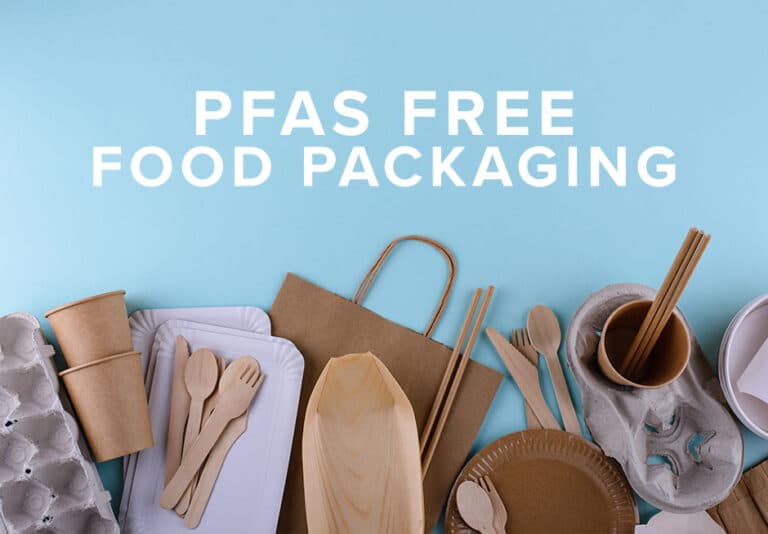
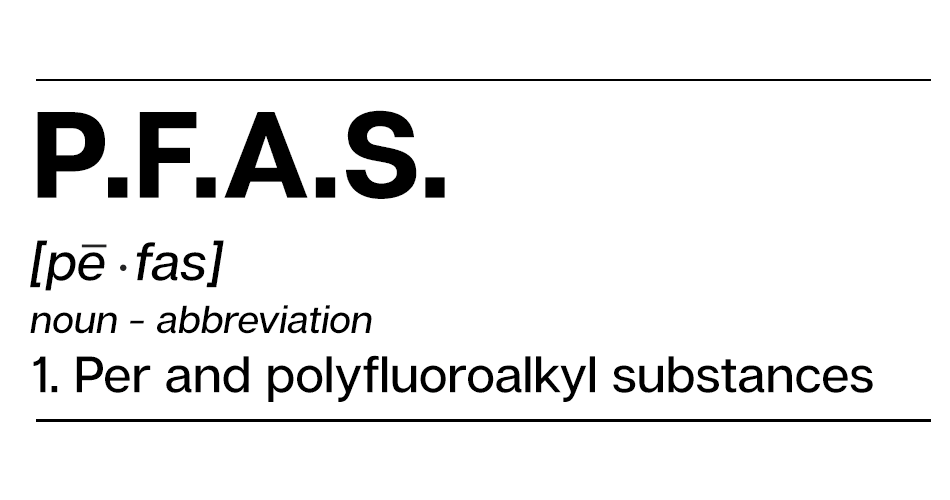 Defining PFAS
Defining PFAS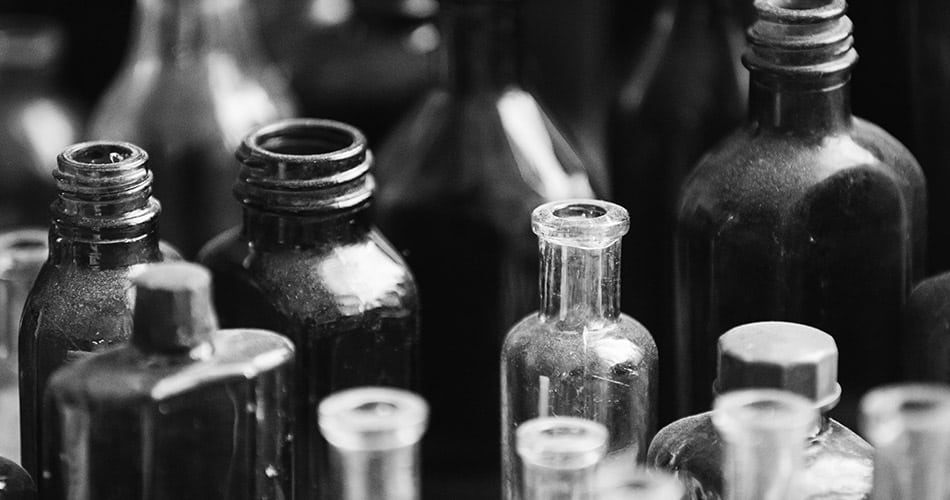 How did PFAS come to be?
How did PFAS come to be?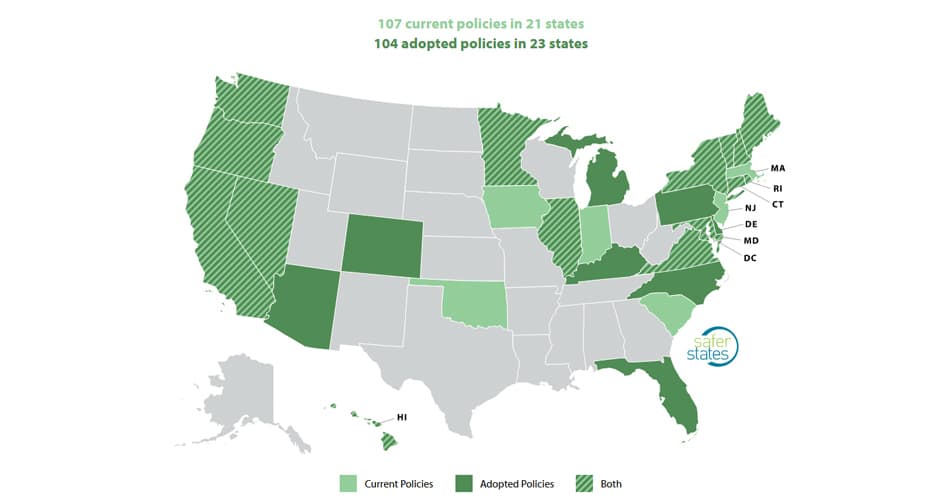 Where has PFAS already been banned?
Where has PFAS already been banned? Under the microscope
Under the microscope
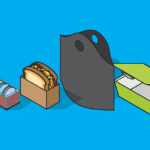
Comments are closed.